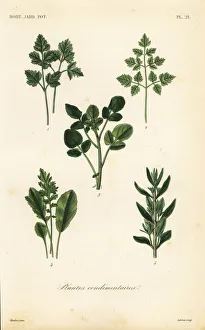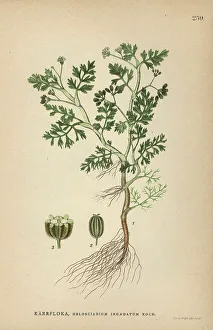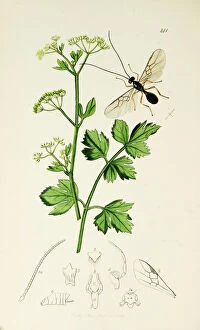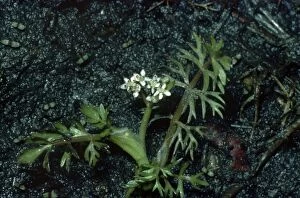Apium Collection
Apium, also known as salad herbs or plantes condimentaires pour salades, is a versatile and flavorful addition to any culinary creation
All Professionally Made to Order for Quick Shipping
Apium, also known as salad herbs or plantes condimentaires pour salades, is a versatile and flavorful addition to any culinary creation. With its vibrant yellow flowers and distinct aroma, Apium petroselinum, commonly referred to as yellow flowered parsley, adds a touch of elegance to salads and other dishes. Another variety of the wild celery, scientifically named Apium graveolens. This species can be found in various regions and is often depicted in botanical illustrations such as Curtis British Entomology Plate 541 and Plate 141. These engravings beautifully showcase the intricate details of this remarkable plant. The foliage graveolens is particularly eye-catching with its lush green leaves that are reminiscent of fools water-cress. Its delicate flowers make it an attractive choice for both garden enthusiasts and nature lovers alike. In ancient times, people recognized the nutritional value of root vegetables like Apium graveolens. Tacuinum Sanitatis, a late XIV-century manuscript depicting women picking celery roots, highlights their importance as nourishing food sources.













